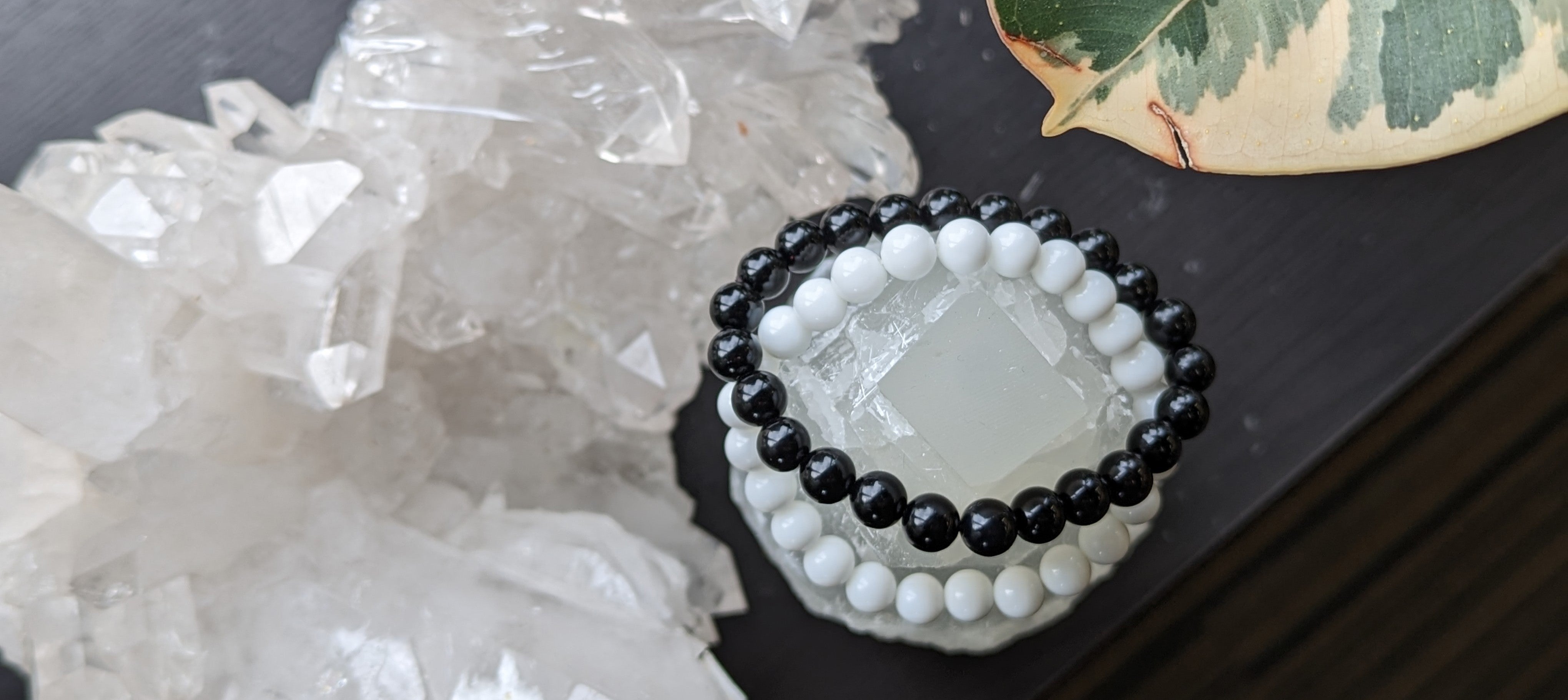Apatite stones vary in color from yellow to green (even violet) and are found in opaque, translucent, and transparent forms. It is often confused with many other minerals (most commonly with Aquamarine and Fluorite) because it comes in many shapes and colors, while its chemical composition almost imitates other stones.
The Physical Properties of Apatite
Apatite belongs to a group of phosphate minerals with high concentrations of hydroxide, fluoride, and chloride ions. The very name Apatite means to be misleading or to deceive, because of its tendency to resemble other minerals. In 1860, mineralogist Karl Friedrich August Rammelsberg re-classified it as fluorapatite. There is also a rare form of Apatite that contains many acid phosphate and carbonate substitutions and has most of the OH groups absent is a significant component of the bone material.
Apatite is rarely faceted because of its low rate of 5 on the Mohs scale of hardness. When cut correctly, these stones are bright, transparent to opaque, with intense colors. They have a hexagonal crystal system and will dissolve in hydrochloric acid. Apatite is an index mineral for a hardness of 5 in the Mohs hardness scale and is usually found in sedimentary, metamorphic, and igneous rocks.
The History of Apatite
Apatite was discovered in the 1990s and is rarely faceted as a gemstone with a hardness of 5 on the Mohs scale. It is the primary constituent of tooth enamel, giving you an idea of what your teeth can withstand and how hard they are. There is also Apatite derived fertilizer used in the U.S. and scientists also propose to use it in nuclear waste storages. It is an abundant stone found in Mexico, East Africa, Spain, Sweden, Canada, and the Kola Peninsula (Russia).
The Lore of Apatite
Throughout history, Apatite was thought to be a stone of inspiration and learning, helpful for turning thought into physical manifestations and overcoming fear. It was commonly used to encourage extroversion because it can stimulate creativity and draw out negative energy. Physically, it helps in healing teeth, cartilage, bones, and balances the nervous system.
The Metaphysical Properties of Apatite
Apatite helps to increase self-confidence through enhancing learning, creativity, and imagination. It stimulates the intellect and promotes the realization that strength-of-will comes from love and spirituality. The negativity begins to dissolve when you are aware of the realization.
Applied during meditation, Apatite helps us to let go of situations, people, and objects that have become useless in our lives. It aids in increasing a more profound state of reflection and meditation, assisting in restoring a clearer thought process. The gem is used for balancing the yin-yang energies, enhance psychic abilities, openness to the higher self, aiding to the rising of Kundalini energy, and producing the state of unconditional love.
Aqua blue Apatite is said to help emotional disease and the heart, as well as attaining a higher level of spiritual guidance. To achieve this, you should hold an Apatite gemstone before you begin your meditative state. When you reach the right state, visualize the problem or person, and envision it being moved or pushed further away. Practice this once each day for a week. After a week, you will have better control of once problematic emotions that were attached to a person, item, or situation.





